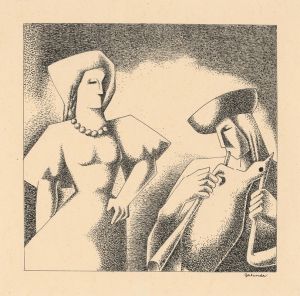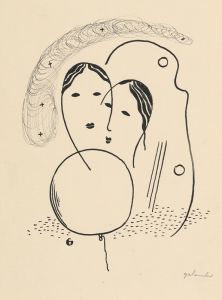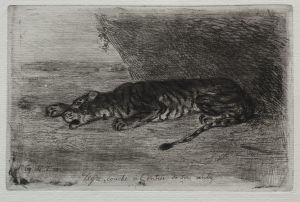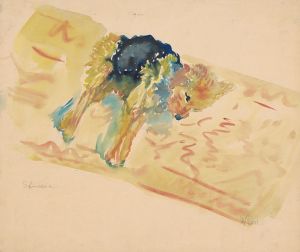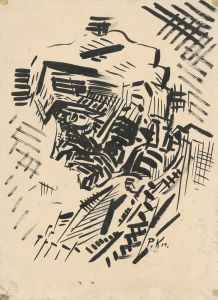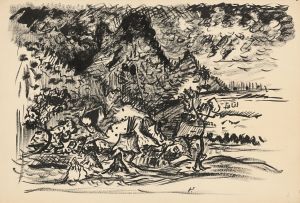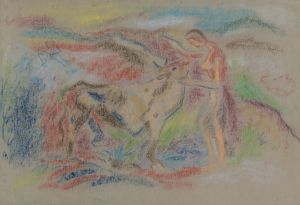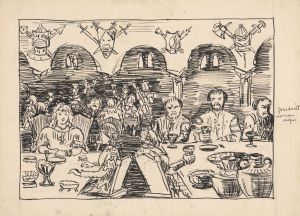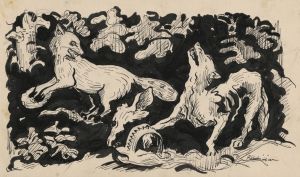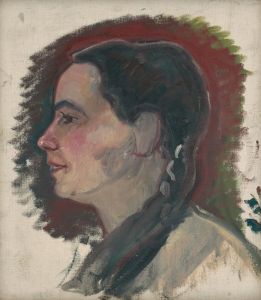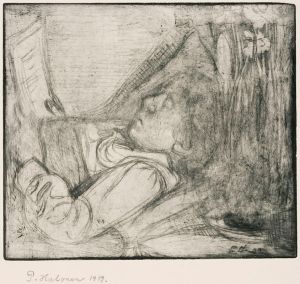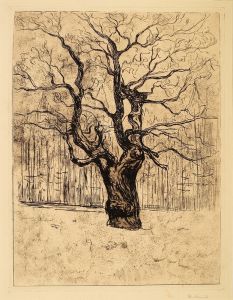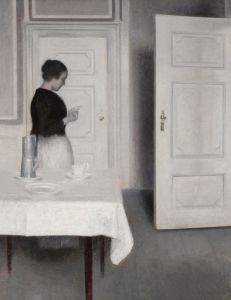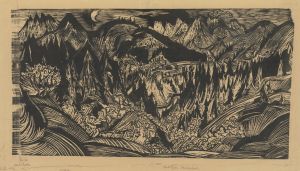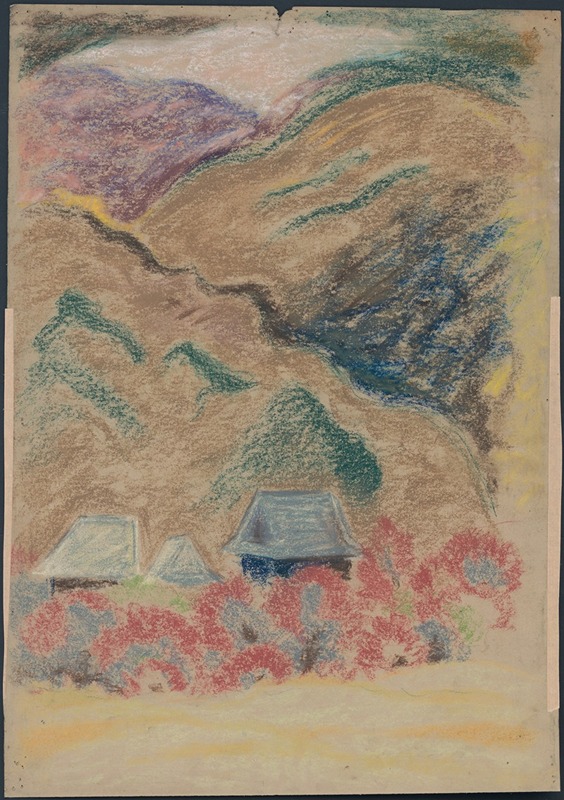
Samota
A hand-painted replica of Arnold Peter Weisz-Kubínčan’s masterpiece Samota, meticulously crafted by professional artists to capture the true essence of the original. Each piece is created with museum-quality canvas and rare mineral pigments, carefully painted by experienced artists with delicate brushstrokes and rich, layered colors to perfectly recreate the texture of the original artwork. Unlike machine-printed reproductions, this hand-painted version brings the painting to life, infused with the artist’s emotions and skill in every stroke. Whether for personal collection or home decoration, it instantly elevates the artistic atmosphere of any space.
Arnold Peter Weisz-Kubínčan (1898–1944) was a Slovak painter of Jewish descent, known for his unique artistic style that combined elements of modernism and symbolism. One of his notable works is "Samota," which translates to "Solitude" in English. This painting is often recognized as a significant example of his artistic exploration of existential themes and emotional depth.
Weisz-Kubínčan was born in Dolný Kubín, Slovakia, and studied art in Budapest and Vienna. His works often reflected the cultural and social tensions of his time, as well as his personal experiences as a Jewish artist in Central Europe during the interwar period. "Samota" is believed to have been created during the 1930s, a time when Weisz-Kubínčan was actively producing art and exhibiting his works.
The painting "Samota" is characterized by its introspective mood and symbolic imagery. While specific details about the composition and medium of the artwork are not widely documented, it is consistent with Weisz-Kubínčan's broader body of work, which often featured abstracted human figures, dreamlike landscapes, and a subdued color palette. His art frequently conveyed themes of isolation, spirituality, and the search for meaning, reflecting the broader existential concerns of the era.
Tragically, Arnold Peter Weisz-Kubínčan's life and career were cut short during the Holocaust. He was deported to a concentration camp in 1944, where he perished. Much of his work was lost or destroyed during this period, making the surviving pieces, including "Samota," particularly valuable as cultural and historical artifacts.
Today, Weisz-Kubínčan's works are appreciated for their emotional resonance and artistic innovation. They offer insight into the experiences of a Jewish artist navigating the complexities of identity, modernity, and persecution in 20th-century Europe. "Samota" remains a poignant reminder of his talent and the enduring impact of his artistic vision.





